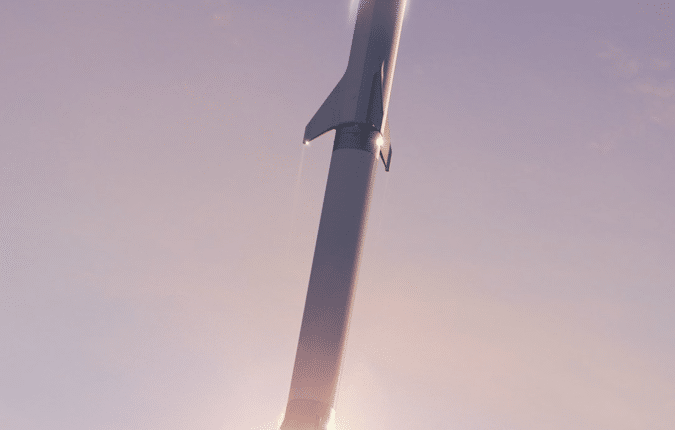The CEO and founder of SpaceX Elon Musk has announced a different approach to the company’s already innovative reusable rockets. On Wednesday, Musk said that SpaceX intends to try to “catch” the Super Heavy Booster with the launch tower arm, using the grid fins attached to the rocket.
The launch arm is currently used to stabilize the vehicle during its pre-takeoff preparations, but with this new technology, it will serve a dual purpose.
The Falcon 9 rockets in use right now return to earth on their own built-in legs. However, Musk is not satisfied by this breakthrough technology, and aims to improve it even further by removing the necessity for legs altogether. “Legs would certainly work, but best part is no part, best step is no step” said Musk.
Why is this change required? Well, first of all, this method ensures a decrease in the cost and weight, as the legs are omitted altogether. Moreover, Musk thinks that this will introduce better recycling opportunities, and will enable SpaceX to use the rocket again with a new payload and upper stage (consisting of Starship, the other spacecraft SpaceX is currently developing and testing) in “under an hour”.
However, this method will come with its own drawbacks, as it will require enhanced precision maneuvering. The grid fins, which are included on the main body, will help control the rocket’s orientation as the launch arm attempts to “catch” the rocket, basically hooking to it before it touches the ground at all.
The goal with Starship and Super Heavy is to build a launch vehicle that is much more reusable than SpaceX’s current Falcon 9 (and Falcon Heavy) system. Ultimately, Musk wants to use Starship to conduct regular and frequent flights for point-to-point flights on Earth, for orbital missions closer to home, and for long-distance flights to the Moon and Mars.
Prototypes of starships are currently being designed and tested in Boca Chica, Texas, where SpaceX has flown pre-production spacecraft over the past year.
The Tech Portal is published by Blue Box Media Private Limited. Our investors have no influence over our reporting. Read our full Ownership and Funding Disclosure →






